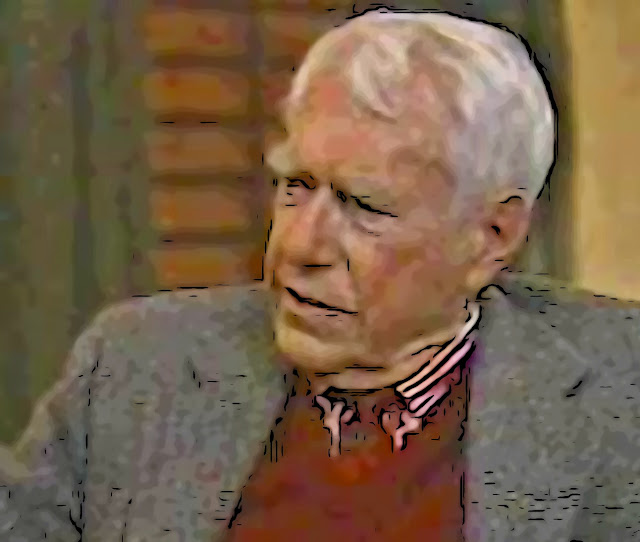What Is a "Faith-Based" Organization?

Huck Finn I read about "faith-based" organizations and wonder what that means. In practice, "faith" covers a wild array of beliefs and practices that have little in common except lack of evidence. Huck Finn said that "faith is believing in something you know ain't true." Of course, this exaggerates. You don't necessarily know your faith isn't true. But the common denominator is that faith positions can't be publicly demonstrated. By faith, you believe what you don't know. Otherwise, it would be knowledge, not faith. We're hard-wired to care about things we can't prove, existential questions. What's it all about? What's the purpose of life? Is there anything after death? If we confine ourselves to empirical data, we get Robot B-9's "It does not compute." In an episode of Patrick McGoohan's The Prisoner , Number Six explodes a computer by asking it "Why?" Science is unsatisfactory, suggestin...



